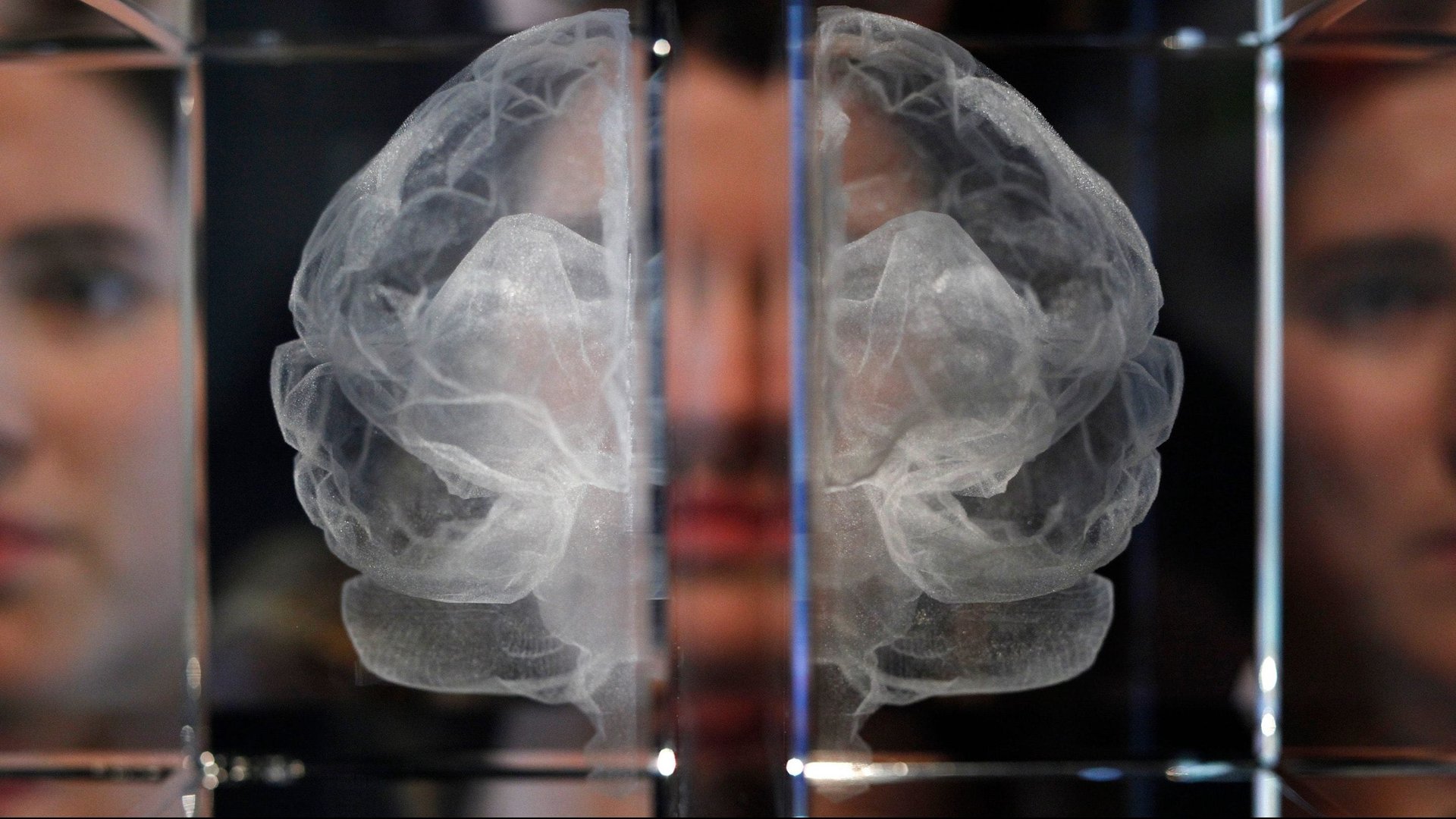Older women’s brains look similar to younger men’s
It appears that not all brains age equally.


It appears that not all brains age equally.
On Monday (Feb. 4) a team of scientists from Washington University in St. Louis published new work showing that women’s brains tend to convert sugar to energy at higher rates than men of the same age—making those brains look “metabolically younger” than men’s brains.
Human brains need different amounts of energy at different points in a person’s life. When we’re children, our brains need to consume a lot of fuel to build cells and synaptic connections as we learn. They start to need less in our teenage and young-adult years. By the time we hit our 60s, our brains convert a consistently low level of sugar into fuel compared to earlier decades of life.
However, by using brain scans and machine learning, the Washington University team found that women’s brains appear to continue to create more fuel as adults than do men—at all ages, from their 20s into their 80s. The researchers looked at positron emission tomography, or PET, scans of 205 healthy people between the ages of 20 and 82. These scans measured levels of oxygen, glucose (sugar), and blood flow in the brain to approximate how much energy the participant’s brain was using.
The team then used the male brain scans to train a machine-learning algorithm how to guess age based on metabolic activity. When the team showed the algorithm images of women’s brains, it guessed those women were an average of 3.8 years younger than they actually were.
Next, the team used women’s brain scans to train the algorithm. When asked to predict men’s ages based on their brain scans, that version of the algorithm predicted they were 2.4 years older than they really were.
The team spotted this difference in the brains of even the youngest participants, in their early 20s, which suggests that men’s brains don’t age faster, but rather always convert less sugar to energy from early adulthood. Why this is the case is still unclear, although studies in mice have shown that estrogen, a hormone present in higher levels in women, may give the brain more synapses at a young age, which may be why women’s brains need more energy later on.
This study was small, but it opens the door for future work studying the differences in the ways men and women’s brains change over time—particularly if they contribute to risks of abnormal aging, like dementia. For example, although women’s brains may appear metabolically younger for longer, scientists know that women also have higher rates of Alzheimer’s disease than men for reasons poorly understood. One reason could be that women tend to live longer than men, but perhaps their brains’ faster metabolism plays a role, too.
Additional reporting by Chase Purdy.